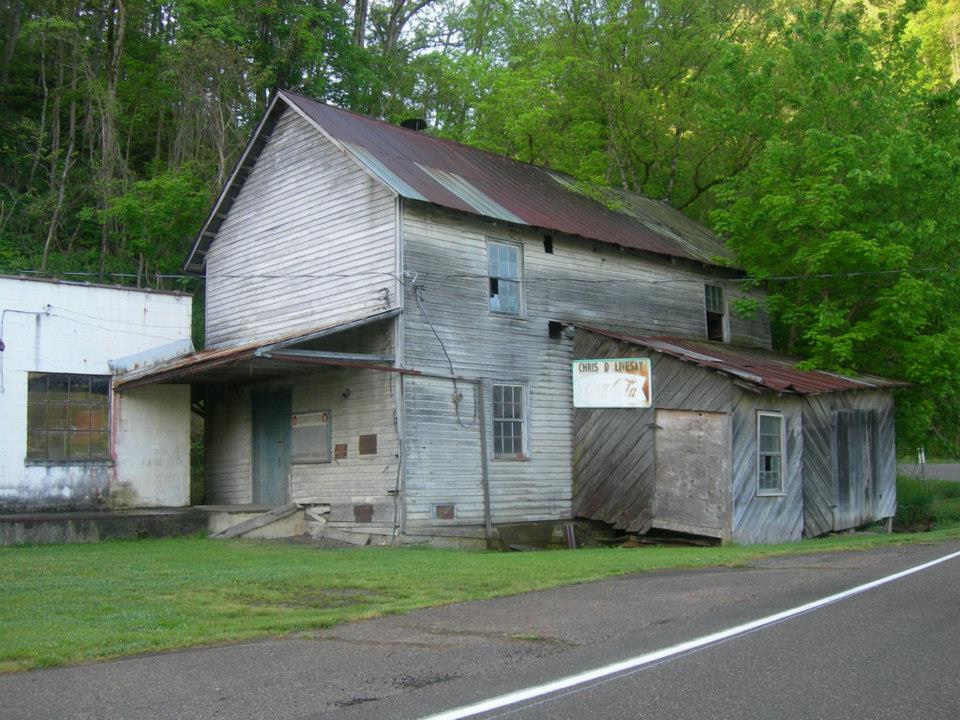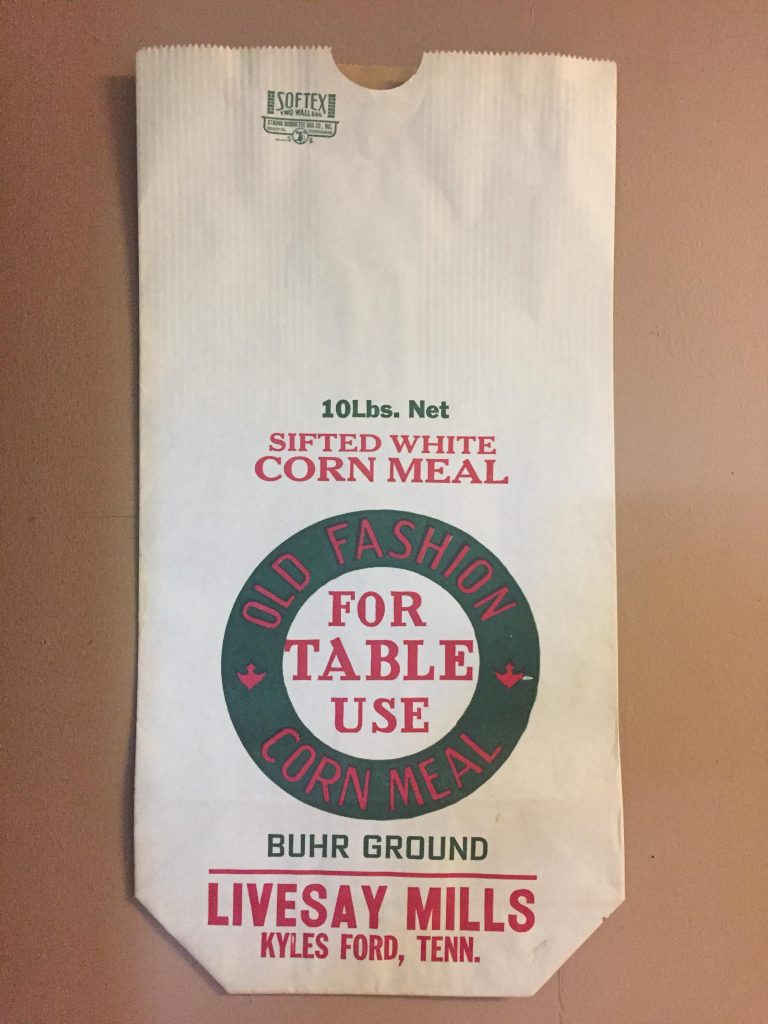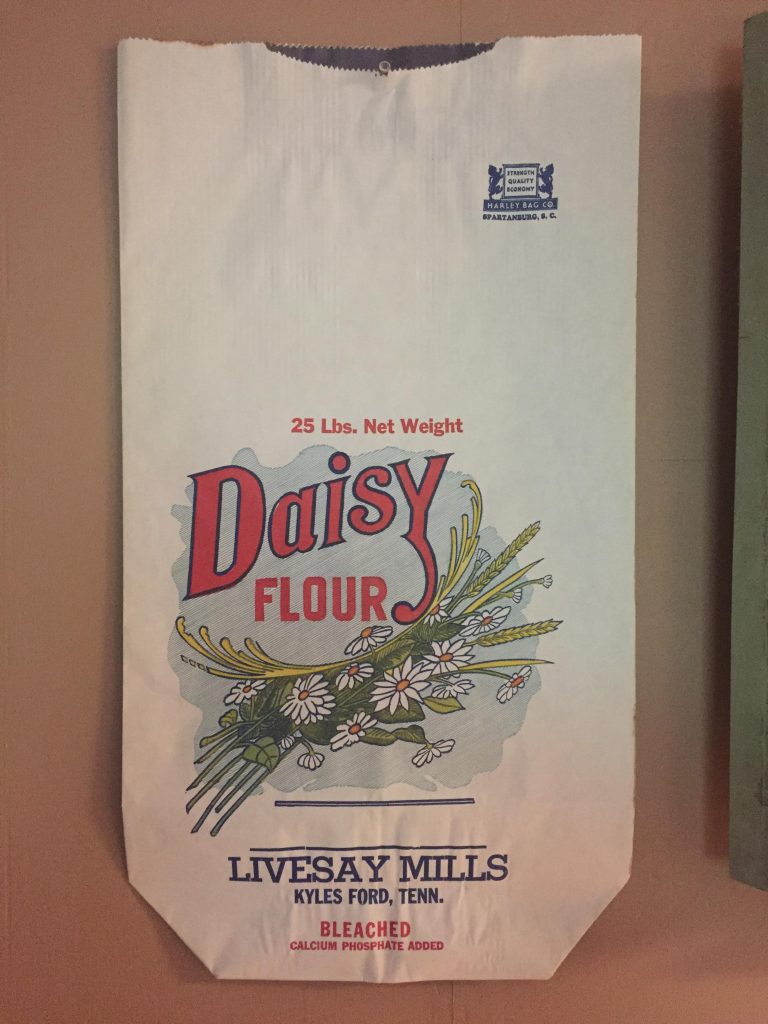In early Pioneer days, a working water-powered grist mill could be found every few miles in a community. Families made trips on occasion to purchase flour and meal. One such mill near the Tennessee-Virginia line was in Hancock County, Tennessee, called Livesay Mill. It was built in the late 1800’s on the Clinch River and shut down in the early 1900’s due to a tragic accident there that claimed the lives of three men. Portions and items of the mill were later moved to Fiddler’s Grove Historic Village in Lebanon, Tennessee.
Grandma Ethel had an uncle, William Henry Fletcher, who worked at this mill during the early 1900’s. He married one of the Livesay girls. According to a family story, Henry and Almira lived at the Livesay Mill for a year at a time so Henry could work there and help his brother-in-law, Tom. One day in April 1906, Henry had taken off to travel across the mountain to Rogersville, Tennessee. An explosion from the steam belt killed three men that day and injured others. Tom was nearly cut in half and the doctors in Rogersville predicted he would not survive, yet he did miraculously.
The river would flood from time to time, so the family would nail bottle caps in the mill to mark how high the water levels went. Sometimes, the family would have to go up to the highest level of the house and go out the windows and through the woods in the back to other relatives’ homes. One of the worst floods was during 1977 when water levels reached higher than they had at any other time.
The picture shown is the Chris Livesay store where the working mill was. Chris Livesay built another section of the mill at some point. This is why you can see the sign hanging there. When traveling past the mill, our family always called the curve there the “Chris Livesay curve.”



